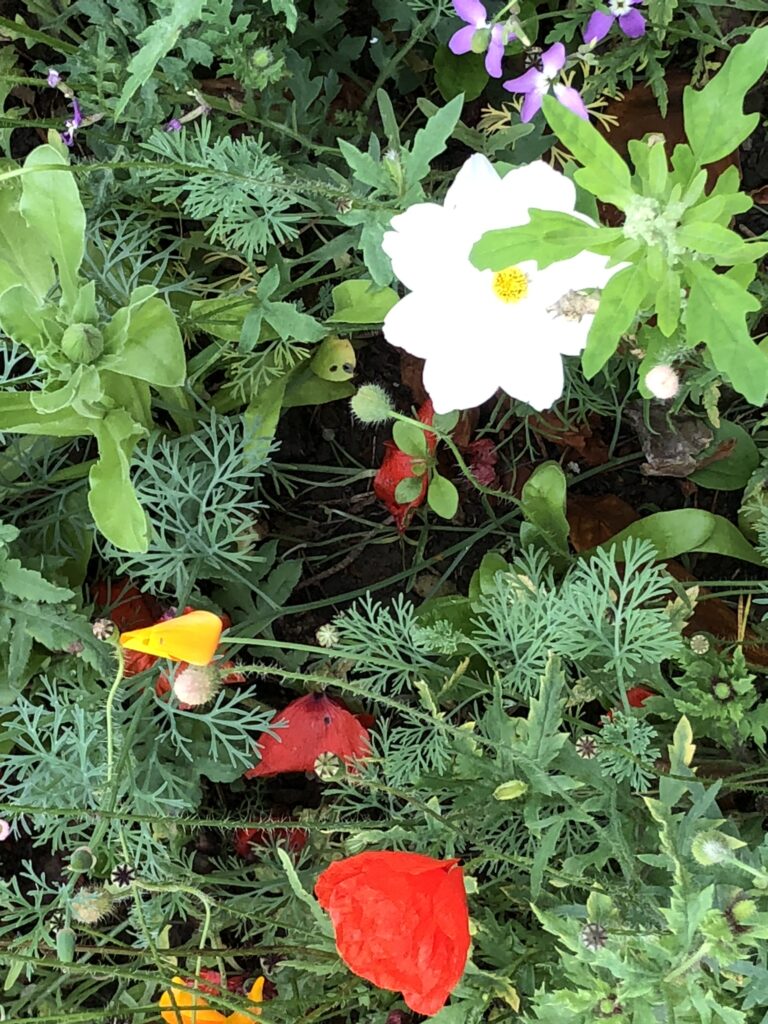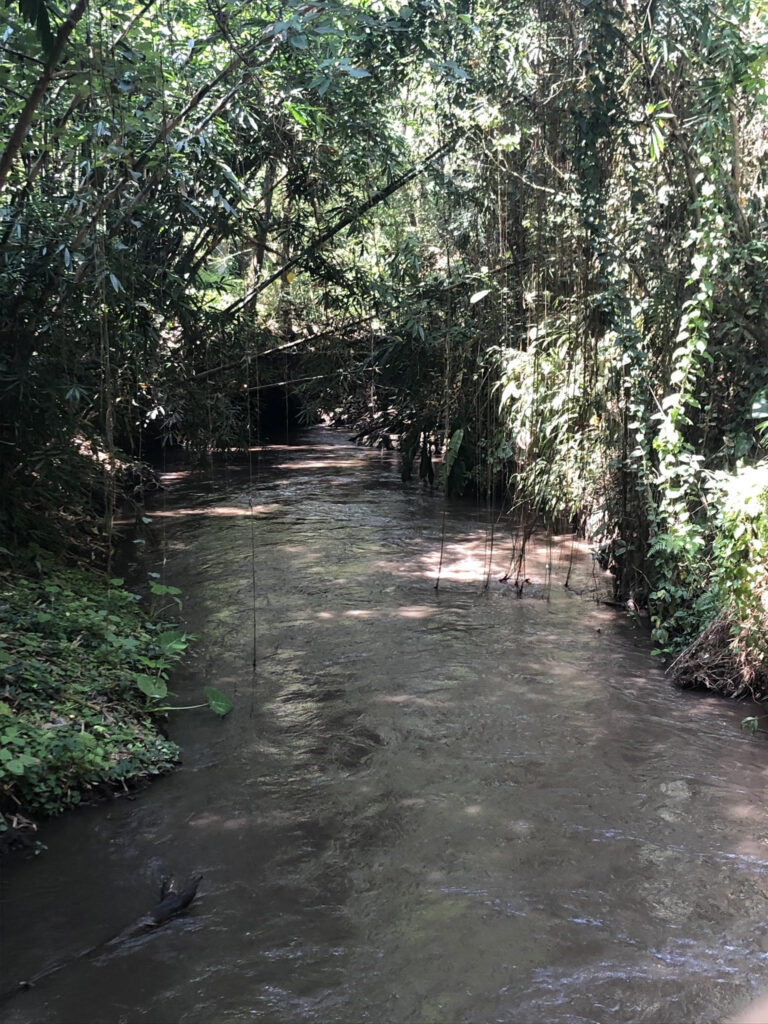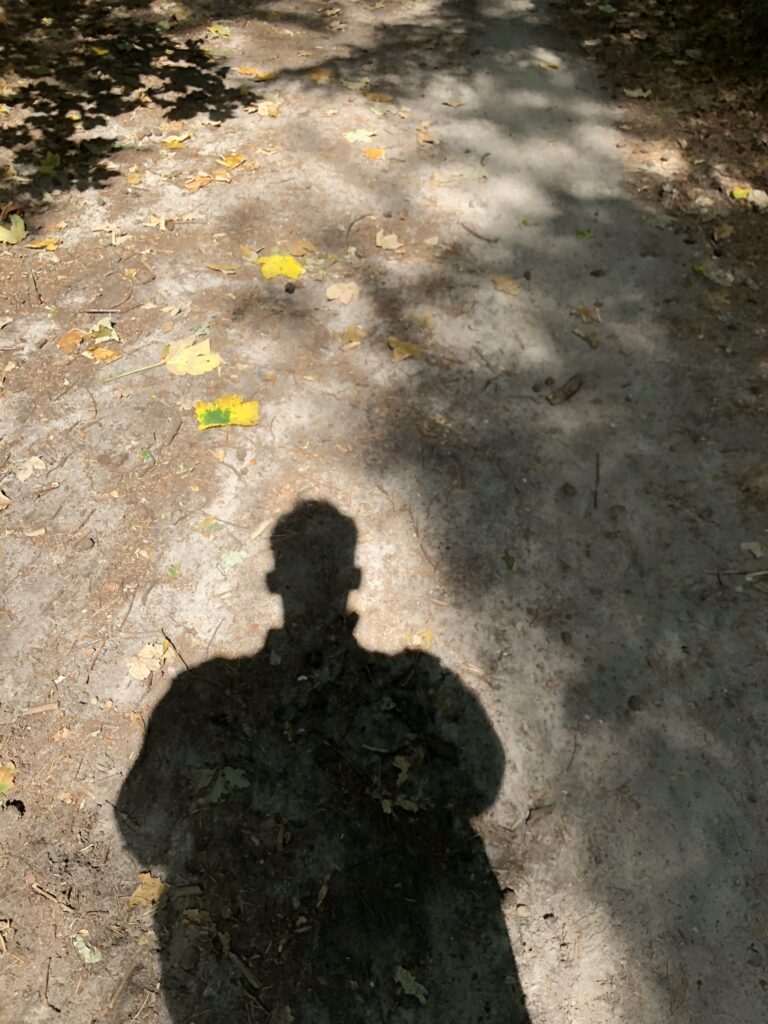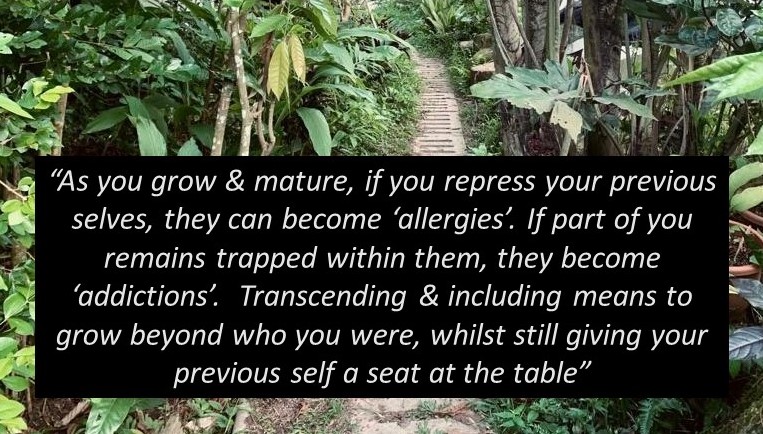
Dear Integral Meditators,
This week’s article looks at the practice of transcending & including. It is an important practice for everyone, but particularly if you are on a path of inner growth, as you are actively transcending and including as your path evolves.
This week’s Tuesday & Wednesday meditation continues our journey into Therapeutic mindfulness, and will look at the theme of transcending & including. If you enjoy the article, feel free to join us!
In the spirit of inclusion,
Toby
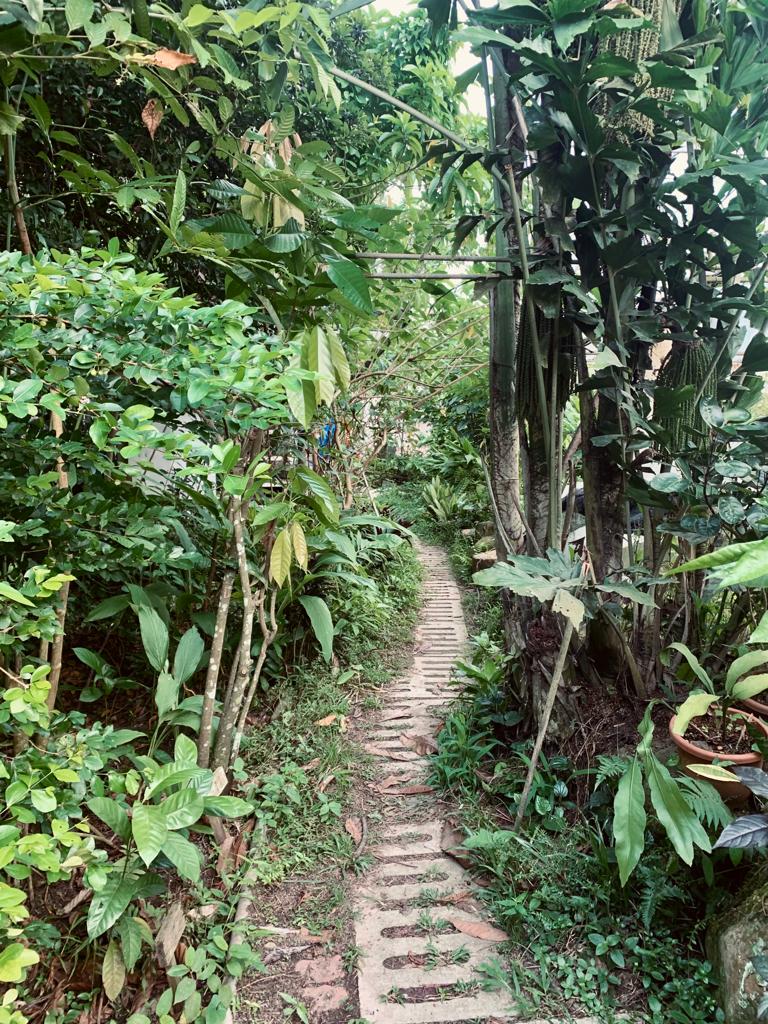
Transcending & including – Integrating the big & the small selves
As you grow you get inwardly, as well as outwardly bigger
Babies identify only with their physical body up until around 18months. Up until the age of 4 years, we can only take a first-person perspective: ‘me’, ‘I’ & ‘mine’. Growing older as children and teenagers, we see ourself as a part of a ‘we’ space, our family, our friends, my team. If we become fully fledged rational humans, we learn to take a healthy third person perspective, an ‘it’ space, where we consider everyone to have value, and our circle of concern becomes world-centric, universal and much bigger.
As we continue this growth further onto higher levels, our self-sense gets bigger and bigger, more and more inclusive. Our ‘I’ becomes more & more universal in nature.
The principle of transcending & including
When we grow it’s not that our older, smaller selves cease to exist, it’s just that they get transcended. My child-like egoic self is still there when I grow to the next stage, it’s just that it becomes only a part of what I am, held and contextualized by the bigger, more inclusive self of the next stage. The bigger self transcends, but includes the smaller self.
- The ‘transcending’ part of this means that we grow beyond our previous limited sense of who we are
- The ‘include’ part of this ensures that the smaller self feels secure and honoured within the new self structure.
A simple example: Yesterday I spent quite a lot of time playing with my three year-old. This meant my ‘inner child’ coming online and me being ‘childish’! However, my child-self was held by my mature or adult self. For my daughter, she ‘is’ the child. For me as an adult I act in a child like way, but he is held by a bigger self-sense that is the adult. My adult self transcends and includes my child self.
Avoiding allergies & addictions
Transcending and including needs to be done in a healthy manner otherwise:
- If I transcend the previous stage too much, instead of detaching from it healthily, I disassociate with it, it becomes an ‘allergy’, something foreign. For example if I dissociate with my inner child, outer children become incomprehensible, silly and foreign. Inwardly I lose the ability to be playful, joyful and spontaneous. I become a stiff, repressed adult, ‘allergic’ to child-like behaviour
- If I include the previous stage too much, a part of my identity gets ‘stuck’ at that level. I find myself compulsively becoming child-like in some situations, the behaviours feel like ‘addictions’. I keep regressing to this level uncontrollably. To return to the child analogy, I might usually keep a good diet, but then keep sabotaging that by eating one biscuit, and then the whole packet. My self-regulation becomes periodically child-like and chaotic!
Mindful therapeutic integration
To work therapeutically with the transcend and include principle, take any part of your smaller selves as the object. For example, you could take:
- Your child self
- Your eating urges
- A part of you very identified with a past trauma
- A part of you identified with a particular belief
The list here is very large. Sitting in a mindful state you simply bring it to mind, and watch it. As Ken Wilber says, you imagine you are video -taping it as an observer. The part of you that observes simply witnesses it with a ‘transcend and include’ approach:
- The ‘transcendent’ part of it means that your witness has a sense of itself as something bigger than and separate from the part of self you are observing
- The ‘include’ part of it means that your witness self acknowledges, accepts, and gently embraces the smaller self.
If you do this, the idea would be that any ‘addictions’ or ‘allergies’ that you have developed to smaller parts of yourself as you have grown beyond them will gradually be released. You will find yourself in an increasingly balanced and integrated relationship to your smaller selves, free from addictions and allergies.
Related reading: Creating an inner therapeutic mindfulness space
Suppression & repression – the difference, & it’s importance
Bodies within bodies – Witnessing with your energy bodies
The body is in you – How to go into deep meditation quickly
Article content © Toby Ouvry & Integral Meditation Asia 2023. you are welcome to share, but please cite the source, thanks! Contact info@tobyouvry.com
Integral Meditation Asia
Online Courses * 1:1 Coaching * Books * Live Workshops * Corporate Mindfulness Training *Life-Coaching * Meditation Technology
